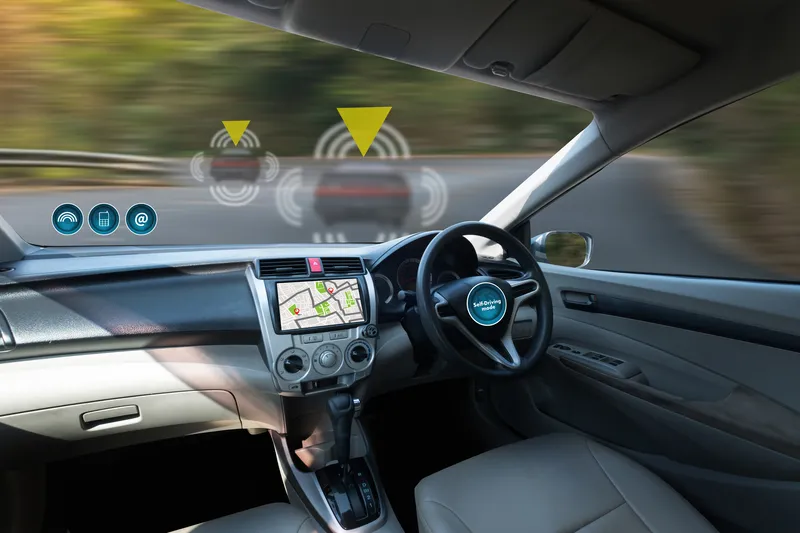New research by Transparency Market Research "Connected Car Market -Global Industry Analysis, Size, Share, Growth, Trends and Forecast, 2013- 2019" , indicates that the global connected car market is expected to reach US$131.9 billion by 2019, growing at a CAGR of 34.7 per cent from 2013 to 2019. 4G/long-term evolution (LTE) technology is in a commanding position due to its lower operating costs associated with high data transmission volumes as compared to other technologies.
September 27, 2013
Read time: 2 mins
New research by Transparency Market Research "Connected Car Market -Global Industry Analysis, Size, Share, Growth, Trends and Forecast, 2013- 2019" , indicates that the global connected car market is expected to reach US$131.9 billion by 2019, growing at a CAGR of 34.7 per cent from 2013 to 2019. 4G/long-term evolution (LTE) technology is in a commanding position due to its lower operating costs associated with high data transmission volumes as compared to other technologies.
The report finds that the global connected car market is primarily driven by factors such as growing awareness about safety and security and need for connectivity. Safety and security services such as emergency call (eCall) and stolen vehicle tracking (SVT) are becoming popular among consumers. Demand for other services such as gaming, entertainment, traffic information, and weather and location information is further supporting the growth of this market.
Among the major connectivity technologies, 4G held more than 30 per cent of the entire connected car market in 2012 due to its high speed and simplified network architecture. In terms of connectivity solutions, integrated solutions dominated the global connected car market in 2012. The demand for integrated solution is driven by government mandates in US and Europe. China is expected to be the largest consumer for this solution in coming years owing to growing usage of web-based applications. Due to the growing demand for traffic information services among consumers, navigation applications are popular and dominated the global connected car market with more than 40 per cent share in 2012.
North America was the biggest consumer of connected cars and held more than 50% share of the entire connected cars market in 2012. The reason behind this is the heavy internet usage, especially online mobility in the region. Asia Pacific will be the fastest growing region in coming years, fuelled by the increasing demand from China, India, and Australia.
The report finds that the global connected car market is primarily driven by factors such as growing awareness about safety and security and need for connectivity. Safety and security services such as emergency call (eCall) and stolen vehicle tracking (SVT) are becoming popular among consumers. Demand for other services such as gaming, entertainment, traffic information, and weather and location information is further supporting the growth of this market.
Among the major connectivity technologies, 4G held more than 30 per cent of the entire connected car market in 2012 due to its high speed and simplified network architecture. In terms of connectivity solutions, integrated solutions dominated the global connected car market in 2012. The demand for integrated solution is driven by government mandates in US and Europe. China is expected to be the largest consumer for this solution in coming years owing to growing usage of web-based applications. Due to the growing demand for traffic information services among consumers, navigation applications are popular and dominated the global connected car market with more than 40 per cent share in 2012.
North America was the biggest consumer of connected cars and held more than 50% share of the entire connected cars market in 2012. The reason behind this is the heavy internet usage, especially online mobility in the region. Asia Pacific will be the fastest growing region in coming years, fuelled by the increasing demand from China, India, and Australia.








